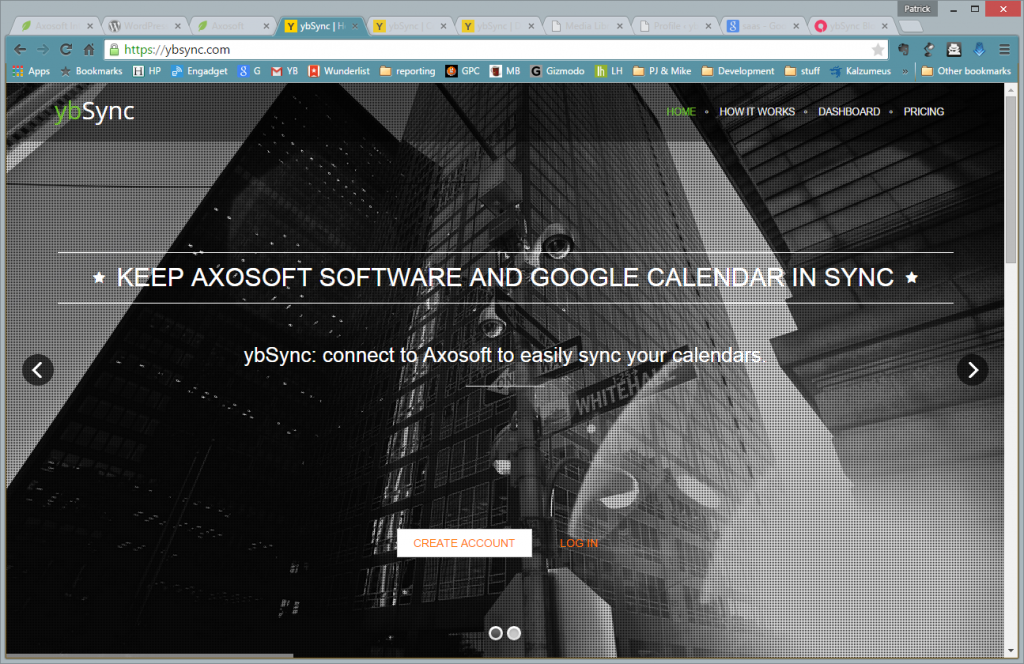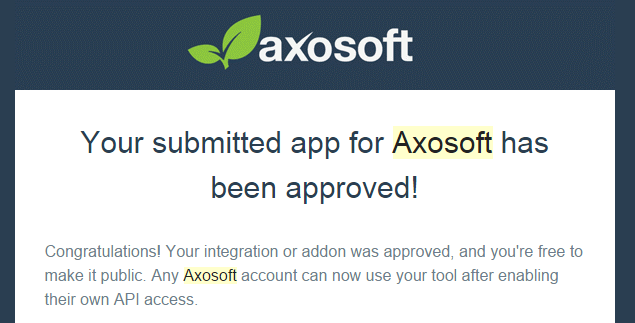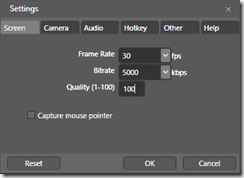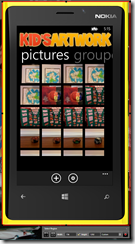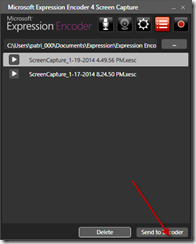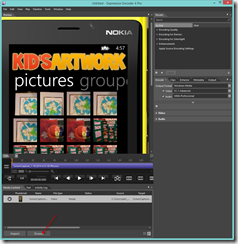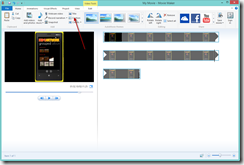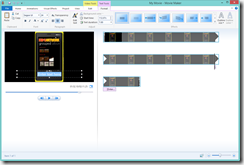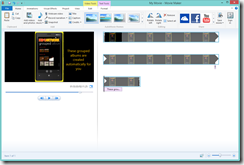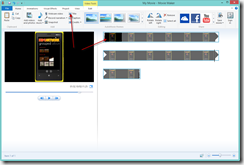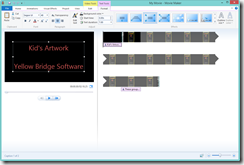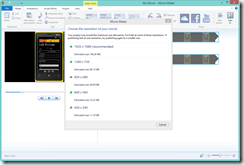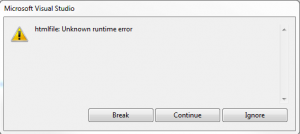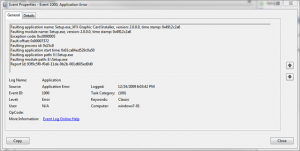A while back I decided to create a SaaS app. I knew that I wanted to solve a problem for a niche with my SaaS app. I decided that I wanted to make my app an add on or integration to another application. This would give my app a known user base that would be easy to target. I know that many applications publicize other apps and tools that integrate with their system. Axosoft is one of these companies, the promote tools and apps that work with their system on their Integrations and add-ons page. I knew they had a good number of customers as I have worked with them in the past. Years ago my company Yellow Bridge Software partnered with them when I was selling my code generator Monstarillo. I was able to offer my customers discounts on Axosoft (Their product was called OnTime at the time) and they offered their customers a discount on Monstarillo. I got in touch with Axosoft’s partnership team and learned that many of their customers were looking for a way to synchronize their Axosoft data with Google calendar. I had the opportunity to solve a problem for Axosoft’s customers. I had a known user base with a defined and verified problem. It sounded like fun and I took up the challenge.
I decided to write a SaaS that connected to Axosoft on behalf of my users using the Axosoft API and synchronize their data with Google calendar using the Google Calendar API.
I call my new app ybSync.
I had gained a lot of experience working with Google APIs writing the engine that crawls the YouTube API for Gameplayclips.com so learning how to work with the Google Calendar API was pretty easy. The Axosoft API is also pretty straight forward and Axosoft was very responsive when I had questions. I completed the app and submitted it for approval a few weeks ago. Axosoft requires all applications that use their API to be approved before they allow other customers the ability to grant my app access to their data via the Axosoft API.
You can read more about ybSync in this blog post.
On May 28 ybSync approved my app. I look forward to a long partnership with Axosoft. 🙂
I am looking forward to receiving feedback on my app so I can make it the best it can be.
